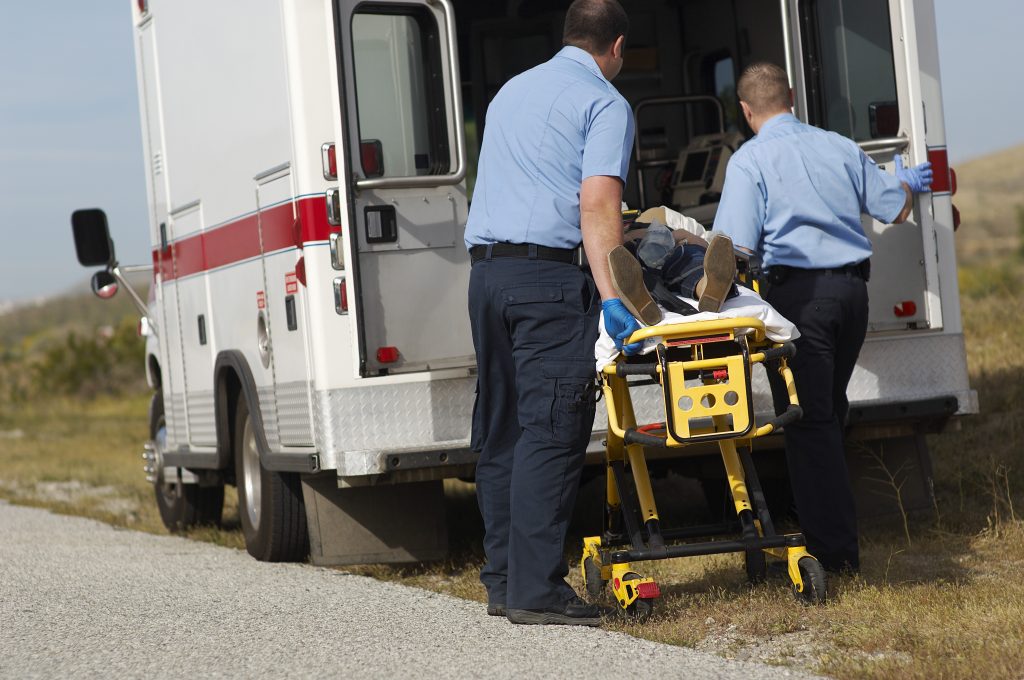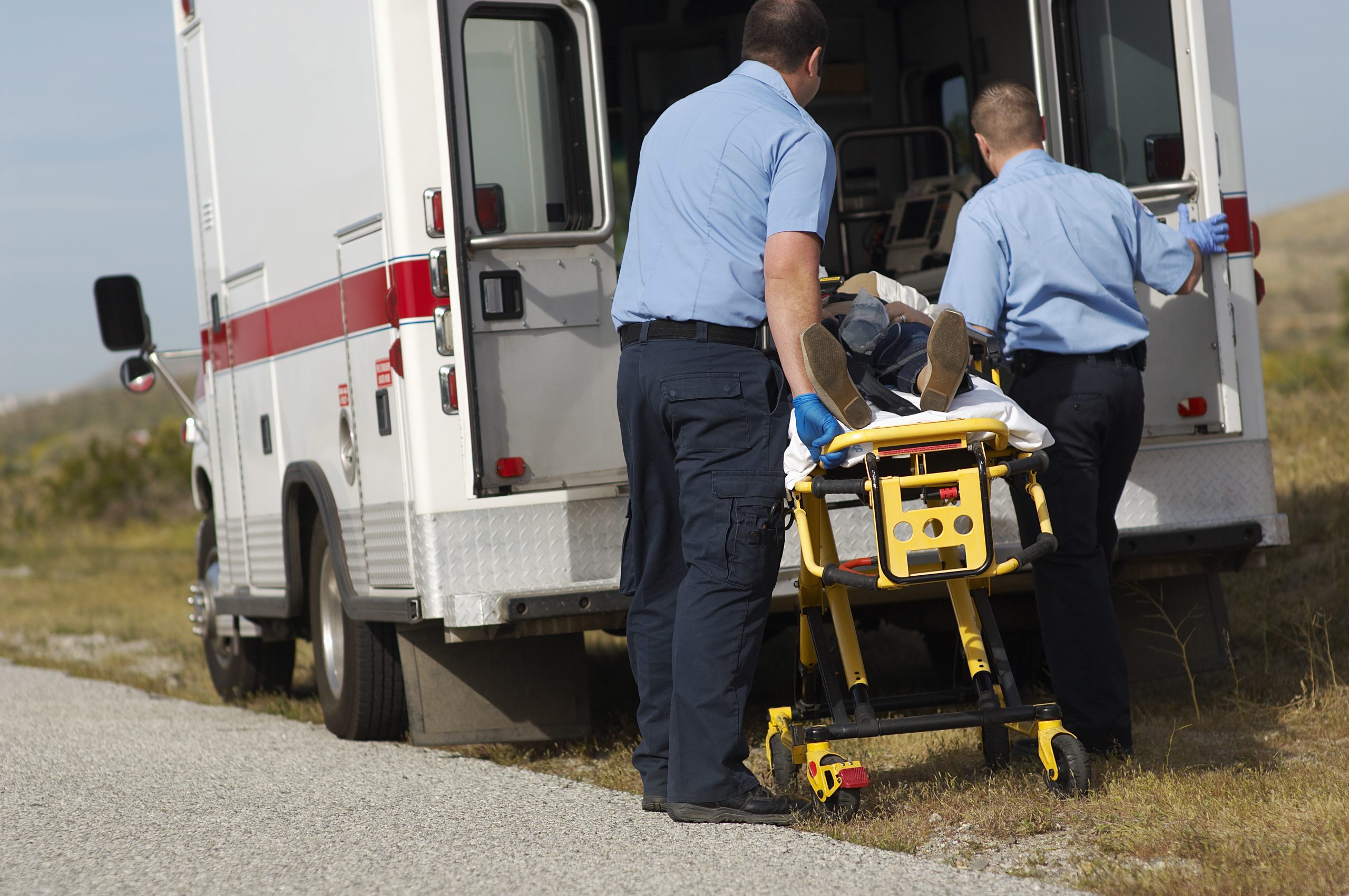
EMT Job Description
An EMT’s job description is to respond to many different emergencies involving injuries. EMT stands for Emergency Medical Technician. These medical workers have the basic lifesaving skills needed to help assess, stabilize, and transport patients to nearby medical facilities. Although EMTs have received extensive training, they may not perform the advanced lifesaving skills and procedures that a paramedic can. EMTs must be physically fit and able to work in various situations. They must be able to lift at least 50 or more pounds easily. Many fire departments and ambulance services require applicants interested in an EMT position to complete a physical fitness test.
EMTs must work in a fast-paced, extremely chaotic environment. They must think and quickly react to provide the patient with care. And they need to continue care until the patient can get to an emergency room or other type of emergency or trauma center. EMTs typically work as part of an emergency management services team that includes paramedics, first responders, and firefighters. Most EMTs work full-time, while some, especially those in rural communities, work voluntarily and receive a stipend at the end of the year.
What Type of Training Does an EMT Need?
The type of training for an EMT varies from place to place. Certification programs are available that allow an EMT to be certified to work within the state as a first responder/EMT. In other areas, an actual degree is required. An Associates or Bachelors degree in Paramedic Studies is the best place to start. These degree programs offer all of the basic and intermediate lifesaving skills that are needed to pass the state licensing/certification test to become an EMT. As with any type of certification program, the EMT will have to enroll in continuing educations classes each year to keep their license active and in good standing.
While EMTs will learn all of the lifesaving skills in the classroom, the field training will be most beneficial in teaching them how to handle chaotic and extremely volatile situations. Hands-on experience will allow them to hone their problem-solving skills while working in fast-paced, highly stressful situations. The goal of field training is to show potential EMTs the types of environments they will soon find themselves working in on a full-time basis. Once an EMT becomes accustomed to their work environment, it will become second nature.
What is the Job Description of an EMT?
The primary job description of an EMT includes the ability to assess a patient’s overall condition. Then, EMTs can take immediate steps to stabilize the patient and prepare the patient for transport to the nearest medical treatment facility. EMTs must have the physical ability to move the patient in whatever means necessary that ensures their safety and provides them with the best possible options for treatment. In addition, an EMT must communicate with both the patient and other healthcare workers effectively.
In addition to patient care, an EMT must be able to enter a scene, assess the situation for safety, and then take proactive measures to keep every member of the care team and the patient as safe as possible. EMTs must also be organized and maintain accurate and detailed records of every run they participate in. The documents they create are vital pieces of the patient’s overall medical chart. So, they must be easy to read and understand so other medical professionals can continue offering the appropriate care level.
What Type of Wage Does an EMT Make Per Year?
EMTs are sometimes considered an entry-level position for individuals interested in pursuing a career as a paramedic. Most paramedic jobs range in salary depending on experience and education. In many rural areas, EMTs work on a volunteer basis and are paid per run or through a yearly stipend. EMTs who work full-time for a hospital, ambulatory care service, or firehouse will find that wages usually range from $30,000 to $36,000 per year. The more experience they have in the field will allow for pay raises and the potential for advancement.
Suppose an EMT is interested in moving up in their chosen career field. In that case, the next logical step is to pursue the next degree in Paramedic Studies. Not only will this increase their learning potential, but it will also open up opportunities for advancement for training positions and upper management. An EMT can also choose to work in several different environments. Some large corporations and organizations may have a team of EMTs on staff in emergencies. There are many other options from which to choose.
Related Rankings:






